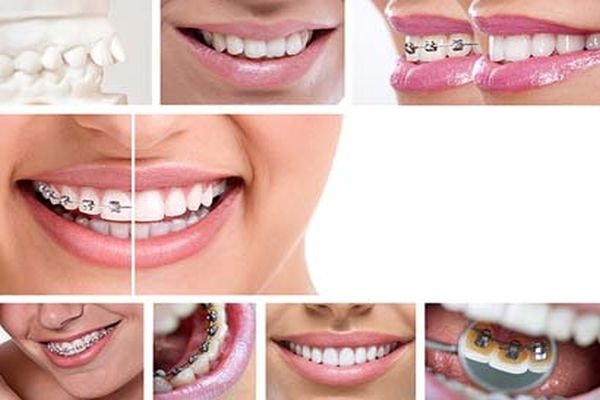 If you are experiencing jaw pain, you may benefit from wearing adult braces. Many people make the mistake of thinking that braces are only for teenagers looking to improve their smile. In truth, they accomplish much more and are often more important for your health than they are for your appearance. How you look, is a choice based on what makes you feel good about yourself. How you feel, on the other hand, can impact your quality of life.
If you are experiencing jaw pain, you may benefit from wearing adult braces. Many people make the mistake of thinking that braces are only for teenagers looking to improve their smile. In truth, they accomplish much more and are often more important for your health than they are for your appearance. How you look, is a choice based on what makes you feel good about yourself. How you feel, on the other hand, can impact your quality of life.
When people experience jaw pain and headaches, it is often due to a misaligned bite. When the upper and lower teeth don’t fit together like they should it can create difficulty eating and speaking and can create additional problems when you sleep. When the jaw is misaligned, the upper or lower jaw can slip out of place fairly easily, and that can cause tension during sleeping. As a result, many people suffer from jaw pain.
In order to find out if a misaligned bite is to blame for your pain, schedule an appointment to have your teeth examined. We can determine if that is the likely culprit and make a recommendation for adult braces or a night guard if it is. If you need to wear braces, there are more options than ever when deciding how you want them to look. Additionally, we have multiple ways to correct your bite. Even if you had a consultation previously, you might benefit from getting a second opinion due to the advances in technology.
If you wear adult braces, the process is extremely effective, and you may start to notice that your pain is reduced in a matter of months. If you are wearing traditional metal braces, a bracket will be placed onto the surface of each of your teeth. The wire will then be threaded through the brackets and secured in place with a rubber band. Over the course of your treatment, the wires will be tightened and adjusted, and the rubber bands replaced but you typically wear the same metal brackets during the entire treatment process.
In order to move the bite into place, additional rubber bands may be used. The dentist will show you how to attach a rubber band to the top of a metal bracket on one of your upper teeth and string it to one of your lower teeth, attaching it to that metal bracket. As a result, your teeth and jaw are held in position. This may be done throughout the treatment in order to train your jaw on how to remain in place.
For those that don’t wear metal adult braces, aligners are an option for moving teeth. A clear aligner looks like a retainer and completely encloses the upper and lower teeth. Each aligner is worn for a couple of weeks then switched out with a new one. Over time, teeth move just like they would when wearing traditional braces. Each procedure serves an important role and the only way to know which one is best for you, is to schedule a consultation.
